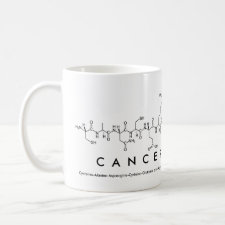
Authors: Gaugain M, Chotard MP, Hurtaud-Pessel D, Verdon E
Article Title: Comprehensive validation of a liquid chromatography-tandem mass spectrometry method for the confirmation of chloramphenicol in urine including stability of the glucuronide conjugate and efficiency of deconjugation.
Publication date: 2016
Journal: Journal of Chromatography B
Volume: 1011
Page numbers: 145-150.
DOI: 10.1016/j.jchromb.2015.12.033
Alternative URL: http://www.sciencedirect.com/science/article/pii/S1570023215303585
Abstract: This paper describes a method to reveal the illegal use of chloramphenicol (CAP) in animals intended for human consumption based on the detection of free CAP and chloramphenicol-glucuronide (CAP-glu) in urine. It details the different steps of the method, including hydrolysis of CAP-glu, extraction and cleanup with molecularly imprinted polymers and detection by LC-MS/MS, as well as the validation design. The efficiency of chloramphenicol release during the hydrolysis step and the stability of CAP-glu in urine samples stored at -20 °C were also investigated. These verifications were important to ensure the method's suitability for checking CAP misuse in veterinary medicine. Validation results were fully compliant with the qualitative and quantitative criteria required by European regulations. Intraday relative standard deviations were all below 7.5%, while interday relative standard deviations were below 6.9%. Recoveries lay between 93.3 and 104.6%. Purification appears very effective since no matrix effect was demonstrated. CAP-glu was found to be stable for at least 3 months, and the mean recovery following deconjugation was assessed to be 79.4%. The decision limits (CCa) were all found to be lower than 0.1 μg/kg
Template and target information: chloramphenicol, CAP, chloramphenicol-glucuronide, CAP-glu
Author keywords: Chloramphenicol-glucuronide, urine, MIP, LC-MS, MS, Validation, stability



Join the Society for Molecular Imprinting

New items RSS feed
Sign-up for e-mail updates:
Choose between receiving an occasional newsletter or more frequent e-mail alerts.
Click here to go to the sign-up page.
Is your name elemental or peptidic? Enter your name and find out by clicking either of the buttons below!
Other products you may like:
 MIPdatabase
MIPdatabase









